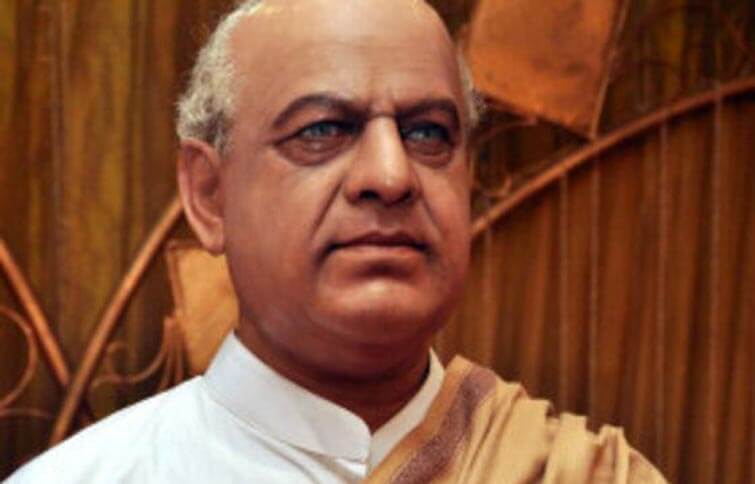NEW DELHI, Apr 30: There stood a man amongst the crowd which had come to see “The Life of Christ” in 1910 who after seeing the flick decided the direction of his life and within a span of two months went through all the films released in Mumbai and vowed that how he would do nothing else but film making.
He was none other than father of Indian Cinema Dada Saheb Phalke.
Today, the country is celebrating the “pioneer” of Indian cinema’s 147th birth anniversary and with great reverence, the nation recalls his great contribution to Indian cinema that catapulted it to dizzying heights in the struggling era of early 20th century.
Dada Saheb Phalke’s real name was Dhundiraj Govind Phalke. He was born in Nasik in Maharashtra near Trayambakeshwar on April 30 in 1870. His father Daji Shastri Phalke was a Sanskrit Scholar. After some years, his family migrated to Mumbai in search of better life.
Since childhood, Dada was inclined towards art and wished to make it his career. He took admission in JJ College of Art in 1885. He studied arts at the famous Kalabhavan in Baroda also.
He also worked as a painter in a drama company. In the year 1903, he started working as a photographer in the archaeology department of the company.
Dissatisfied with photography, he decided to venture into film making full time.To realise his ambition, he headed to London in 1912 on borrowed money from his friend. After studying the nuances of film making for two weeks in London, he returned to Mumbai along with film making instruments.
After returning to Mumbai, Dada set up “Phalke film company” and decided to make “Raja Harishchandra” under its banner for which he wanted a financier. During this time, he met a dealer in Photography instruments Yashwant Nadkarni who was quite impressed with the former and decided to finance his film.
Dada had to face many obstacles in his journey as a film maker. He wanted that the role of the heroine be played by a female only but women working in cinema was looked down upon in those days.
In fact, his search took him to red light area also but none was willing. Eventually, his search ended with Salunke who was working as a chef in a restaurant.
Dada Saheb always strived to offer something new to his audiences though his films. He left no stone unturned in making a “complete ” movie and therefore besides direction,editing, writing, visual effects and cinematography responsibilities too he took it upon himself. Not only this, releasing the movie also became his job.
His better half supported him tremendously during his film making years in the sense that she used to cook for the unit of 500 people and do the laundry. Rs 15,000 were invested in making “Raja Harishchandra” which was a colossal amount by any means during those days. And finally the D day arrived when the flick was to be released.
The first show of the movie was run in Coronation theatre on May 3, in 1913 in Mumbai. The 40-minute long movie was wholeheartedly appreciated by the cinegoers and was a run away success at the ticket window. (AGENCIES)


